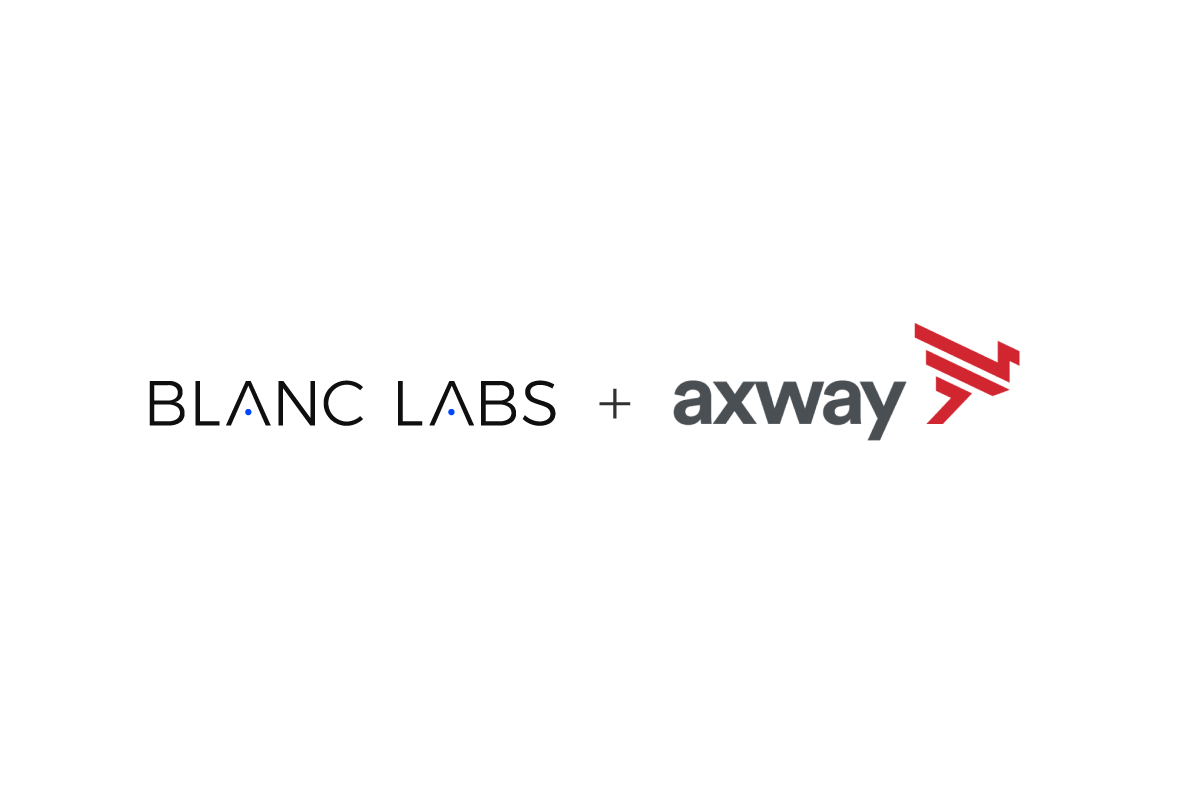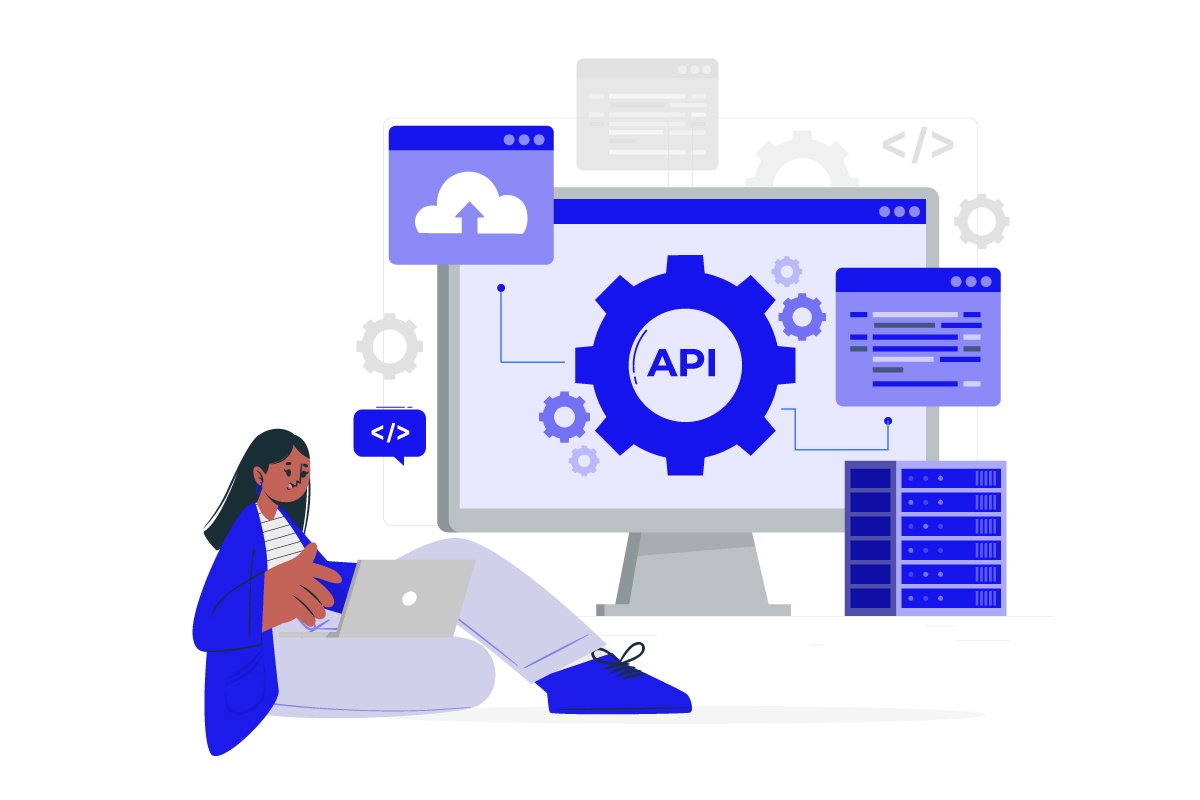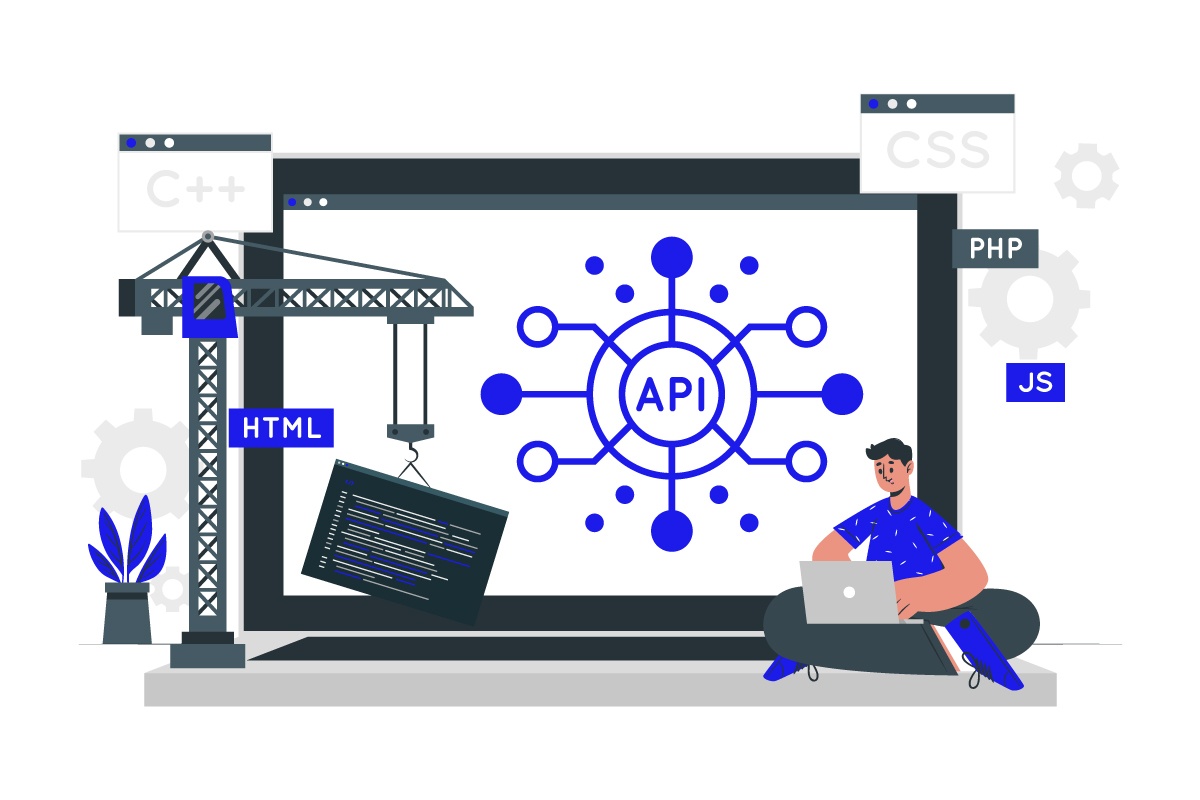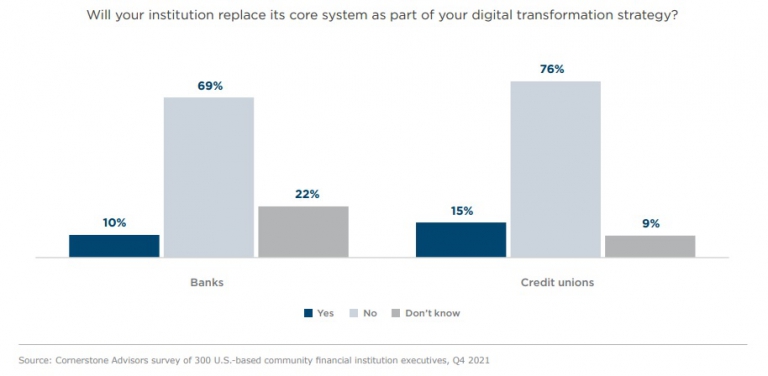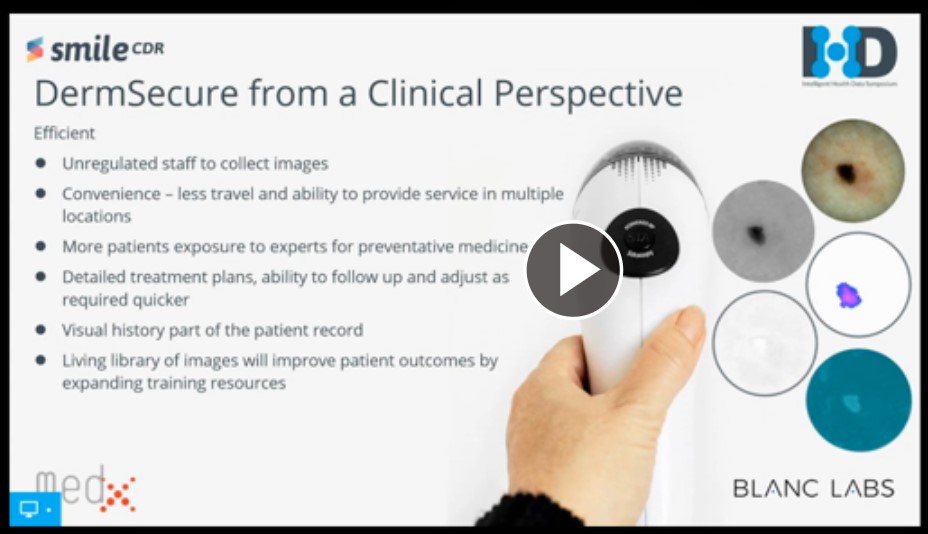Developing the next generation of talent at Blanc Labs’ Digital Academy

In August of this year, we launched the Digital Academy at Blanc Labs, where 100 students in Colombia had the opportunity to learn from our experts on topics that we consider key to our business.
The students that joined the program as Associates, gained knowledge of fundamental concepts of agile methodologies, cloud computing, full-stack development, and RPA (Robotics Process Automation).
The Digital Academy community recently shared their top takeaways from this experience.
Promoting a culture of learning at Blanc Labs
“Walking alone through the world of technology is not easy. I am sure many of us have encountered some barriers, such as not understanding what we hear in a video tutorial, or you end up having lots of questions. When we are reading the technical documentation, it may become even more complex. These situations make me appreciate my technology education teachers and the people who share their knowledge with me,” says Gustavo Camargo, a Software Engineering Associate, who is committed to achieving his dream of working in the IT industry.
Martin Bec, who shared his experience as a Full-stack Developer in our latest bootcamp, says: “Teaching and sharing knowledge is part of my lifelong learning way of living. I encourage others to clear up their doubts and I appreciate the opportunity to learn. My own learning approach significantly affects how I lead others to strengthen their career in IT.”
Working in technology requires a combination of technical skills and soft skills
By being exposed to various virtual collaboration opportunities, students work on their communication, relationship-building, teamwork, and cultural awareness skills. One of their main challenges is to overcome the language barrier, identifying how to strengthen their learning in a second language in their spare time and the IT top skills they require for a booming professional career.
“With agile methodologies, I learned that good planning is key, and I apply that thinking to my personal life. Fulfilling projects requires perseverance, coherence, and the team’s motivation to continue. There may be changes along the way, but the agile methodology is flexible with this, and you learn how to prioritize your work and focus on progress”, says Jennyfer Belalcazar, Systems Engineering Student.
According to a Gartner study published in March 2022, an agile developer must master methods, techniques, behaviors, and various fundamental aspects of Engineering.
- Methods such as Scrum and Kanban, implementing Agile pilots, pivoting, and adjusting the strategy, and evaluating risks and results for the business, are highly valued
- Understanding metrics, and User Stories are essential to promote feedback with stakeholders and gain in-depth knowledge to overcome project challenges
- Customer focus, continuous learning, and collaboration significantly impact interactions and work styles
- The adoption of best practices, and the importance of test-first thinking, are fundamental for execution. The incorporation of agile architecture and the training of Database Administrators with a set of multidisciplinary skills impacts Agile teams’ performance
As complementary activities to their learning experience, Associates have created sessions to strengthen their conversational skills in English and they engage in activities to improve their personal brand and prepare for job interviews.
As Associates evolve in their learning experience, they gain the most valued skills in this industry. Most students combine their Digital Academy experience with technical education, short courses, and other IT programs, particularly in development, programming, and Data Science.
Building a culture of learning, fostering technology education, and empowering our team is fundamental to the success of our projects.Discover how Blanc Labs can bring an agile and strategic approach to your digital transformation project. Get in touch.
